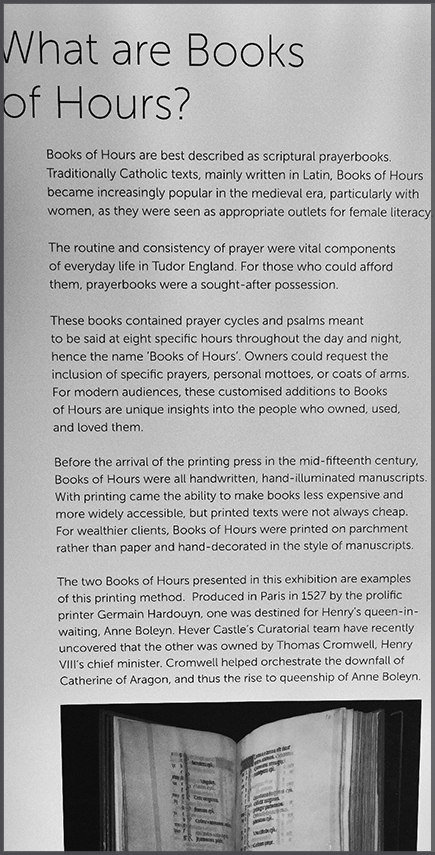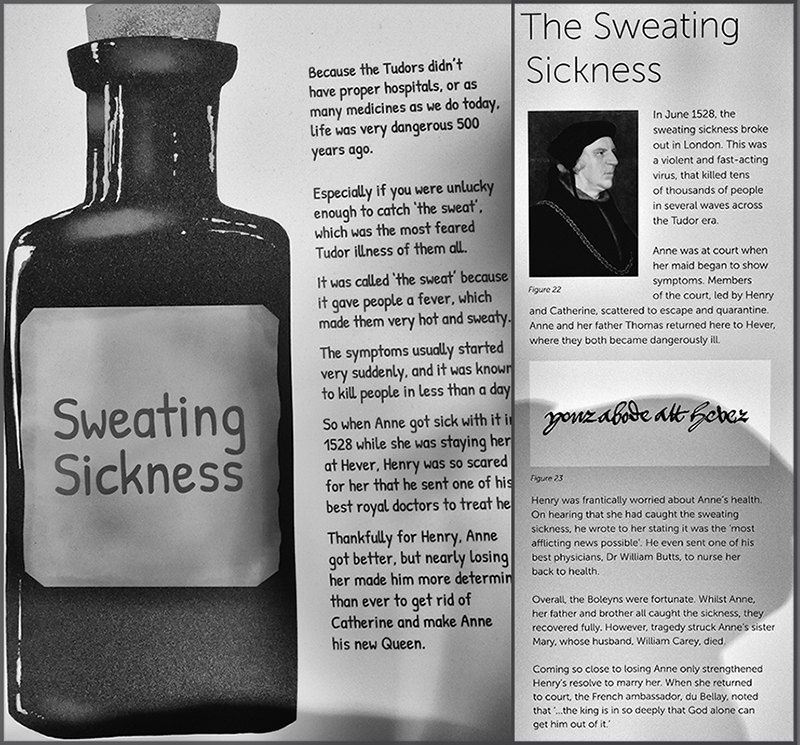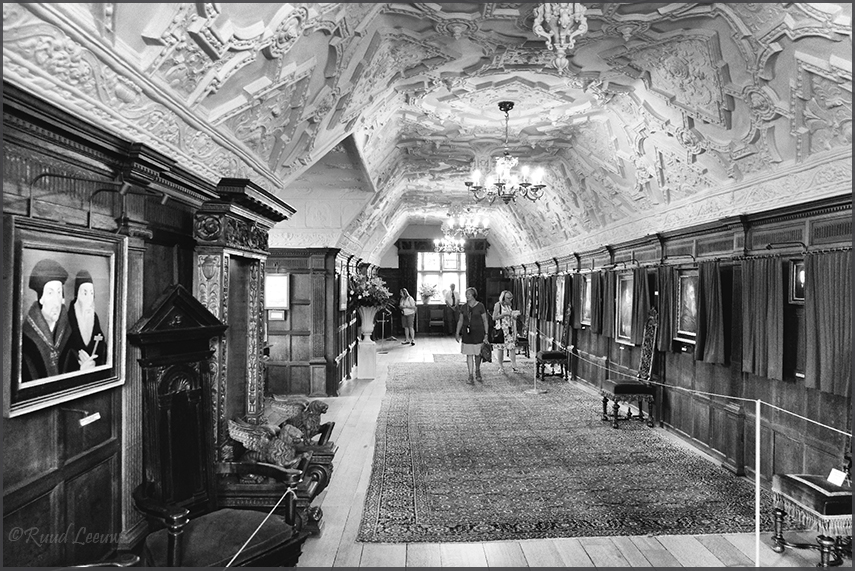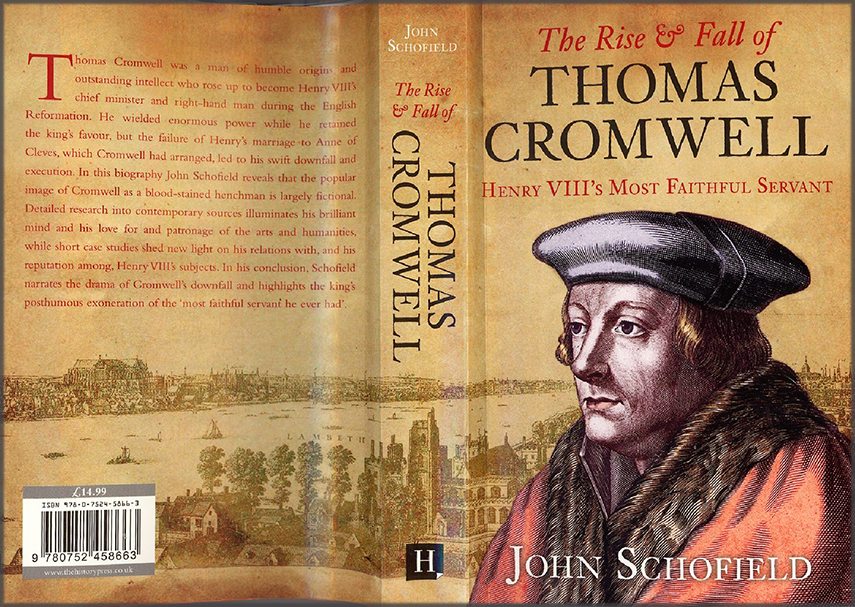HEVER CASTLE

Hever Castle was one such castle that I knew to be popular and would have no problem accommodating
on their carpark. It was another castle we'd visited decades ago but during this trip I was reading 'The Rise
& Fall of Thomas Cromwell: Henry VIII's Most Faithful Servant', by John Schofield, and the era of the
Reformation, King Henry VIII and his wife's, coincided nicely with Hever Castle - in particular Anne Boleyn.

Taking a break from the crowds visiting Hever Castle.

There have been three main periods in the construction of this historic castle.
The castle's oldest part dates to 1270 and consisted of the gatehouse and a walled bailey.
The 2nd period was when the castle, then in need of repair, was converted into a manor in 1462 by Geoffrey Boleyn, younger brother of Thomas Boleyn. He added a Tudor dwelling within the walls.
The 3rd period of repair & renovation was in the 20th century, when it was acquired by William Waldorf Astor. [¬ Wikipedia] |

Hever Castle is located in Kent, 48 km south-east of London.
It began as a country house, built in the 13th century. From 1462 to 1539, it was the seat of the Boleyn (originally 'Bullen') family.
Anne Boleyn, the 2nd queen consort of King Henry VIII of England, spent her early youth there after her father, Thomas Boleyn, inherited it in 1505.
The castle passed to him upon the death of his father, Sir William Boleyn.
It later came into the possession of King Henry VIII's fourth wife, Anne of Cleves. [- Wikipedia] |

Geoffrey Boleyn's grandson, Thomas Boleyn, inherited the castle in 1505. He lived there with his wife Lady Elizabeth Howard and their children George, Mary and Anne (the future wife of Henry VIII).
It is not known if Anne was born at Hever (the year of her birth is not certain), but she lived there until she was sent to the Netherlands in 1513 to receive an education at the court of the Archduchess Margaret. [Wikipedia] |

Most exquisite woodcarving among the interior.



The 1968 floods caused considerable damage to Hever Castle.
Ten % of the Astor's fortunes, some 10 million dollar, was spent on the renovations/repairs, before they sold it.


Who wouldn't feel comfartable in a room such as this..?!


Queen Catharine of Aragon, the first wife (and Roman Catholic, not easy to divorce in those days)
of
King Henry VIII. The divorce set the Reformation in motion, a driving force being Thomas Cromwell,
Henry's faithfull First Secretary. Cromwell has sympathies
for Luther's Protestant movement, but had
limited influence on
Henry who always steered his own course in the
Reformation and all that it entailed.

John Schofield's book on Thomas Cromwell shows Anne Boleyn as quite a strong & clever young woman.


Interesting to read about books in those day. The Reformation
was helped along by printing & distributing a bible
according the
new rules proclaimed in Britain.




Sweating Sickness, a fever that affected Anne but fortunately she recovered.


King Henry VIII
grew ever more paranoid over the years.. Hever Castle still has one of Henry VIII's private
locks, taken with him on his various visits to noblemen's houses and fitted to every door for his security!

The property came into the possession of Henry VIII after the death of Anne's father, Thomas Boleyn, in 1539.
He bestowed it upon Anne of Cleves in 1540 as part of the settlement following the annulment of their marriage.
Thanks to the deep pockets and commitment of William Waldorf Astor it survived to this great splendour!

The Astor Suite





Recommended reading about the King Henry VIII era (including the wives) is this book by John Schofield,
'The Rise and Fall of Thomas Cromwell, Henry VIII's Most Faithful Servant'. I read it during this trip
and it certainly contributed to the experience of Hever Castle but also about the other (ruined) castles.


Cardinal Wolsey was important in Cromwell's initial career but Anne Boleyn took a fatal dislike to him.

Hans Holbein was the preeminent portrait artist of that era, he painted a.o. a portrait of Anne of Cleves so
King Henry VIII got acqainted by her appearance. The Duke of Norfolk was most valued advisor to Henry VIII.





